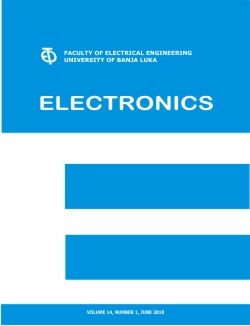Research Issues in DFIG Based Wind Energy System
DOI:
https://doi.org/10.7251/ELS1822040RAbstract
Among different renewable energy sources, Wind energy is the most imperative energy source in power system. The development of grid connected wind energy conversion system expands, its grid connectivity issues has additionally been expanded. A portion of the issues are incorporates, for example, the regulation of voltage at Point of Common Coupling (PCC), reactive power absorption and injection, voltage sag and swell and etc. The Doubly Fed Induction Generator (DFIG) is most broadly utilized as a part of wind energy conversion system. DFIGs are extremely sensitive to grid voltage disturbances. With expanded entrance of wind energy as a renewable energy source the wind turbine should be connected to the grid during transient conditions like grid faults. The Fault Ride-Through (FRT) or Low Voltage Ride Through (LVRT) capability of wind turbines during grid faults is one of the core requirements to ensure stability in the power grid during transients and fault conditions. In this paper consists of various grid connectivity issues and research areas of wind energy conversion system and also the various control schemes for improving the LVRT system. These several techniques are used to improve the LVRT capability and limit the fault current to avoid the disconnection of DFIG from the grid under fault conditions for enhancement of stability and the performance of wind turbine.Downloads
Published
2018-08-27
Issue
Section
Чланци

